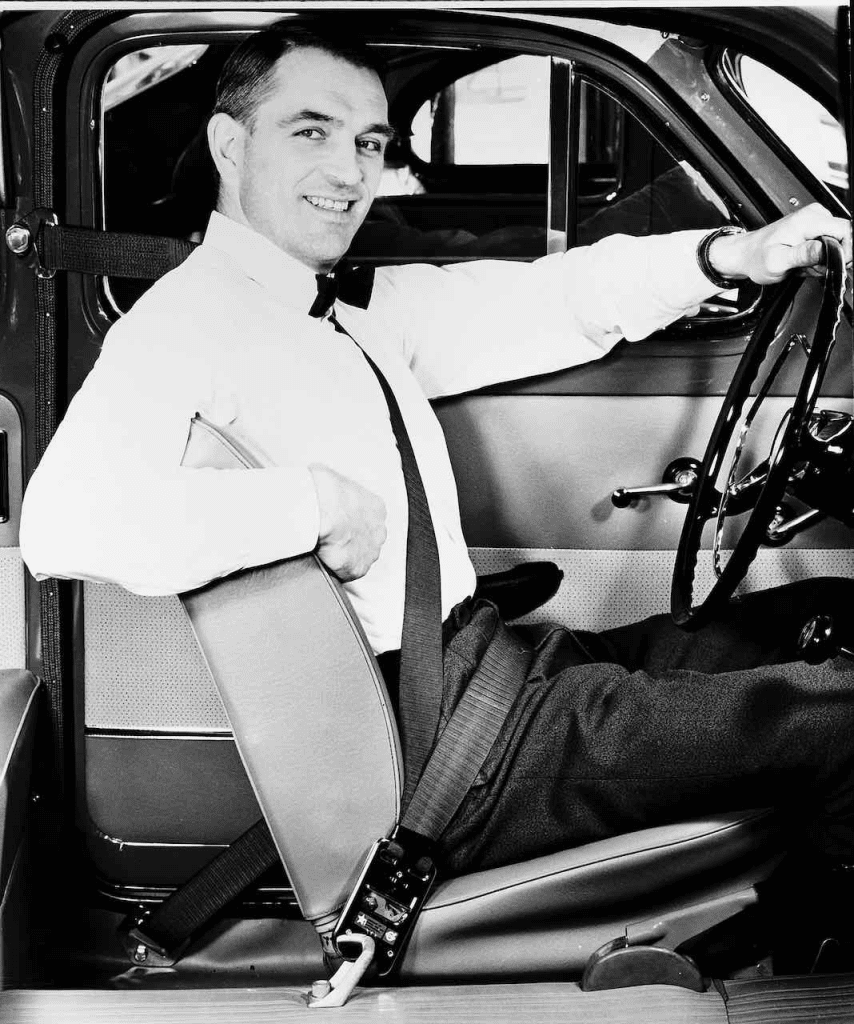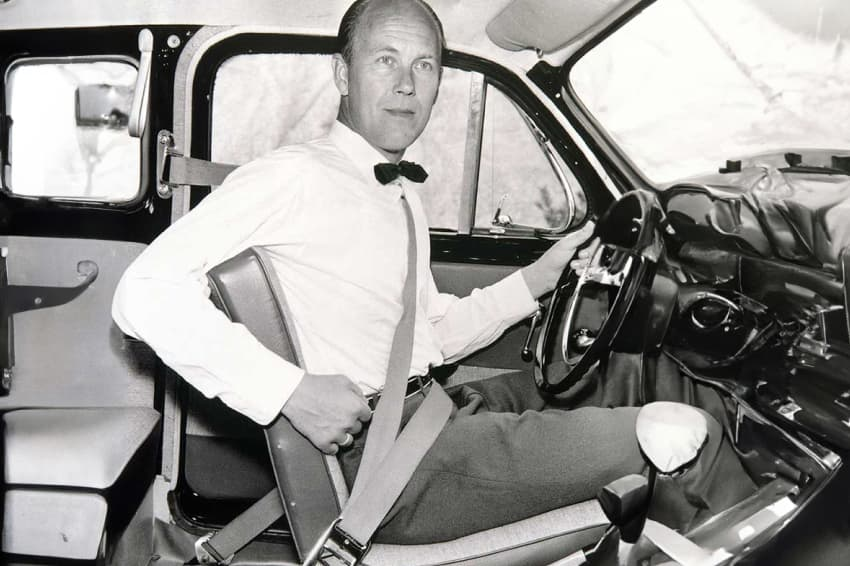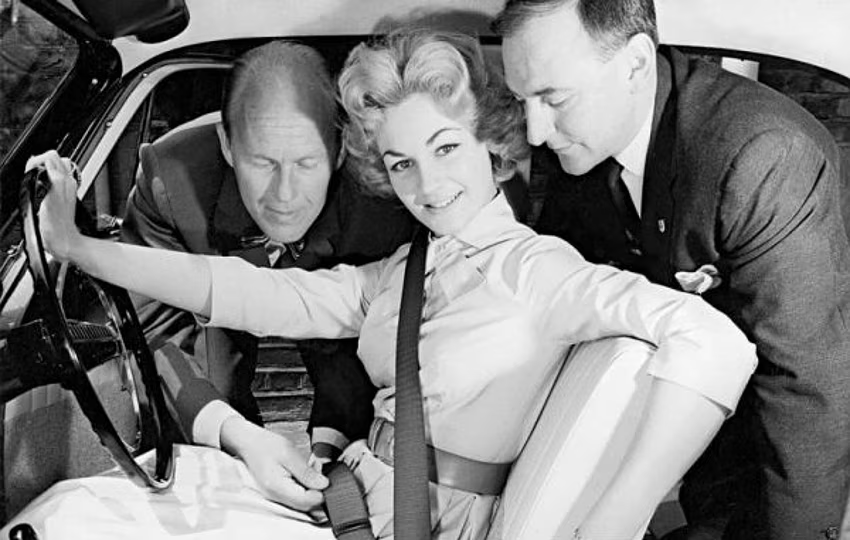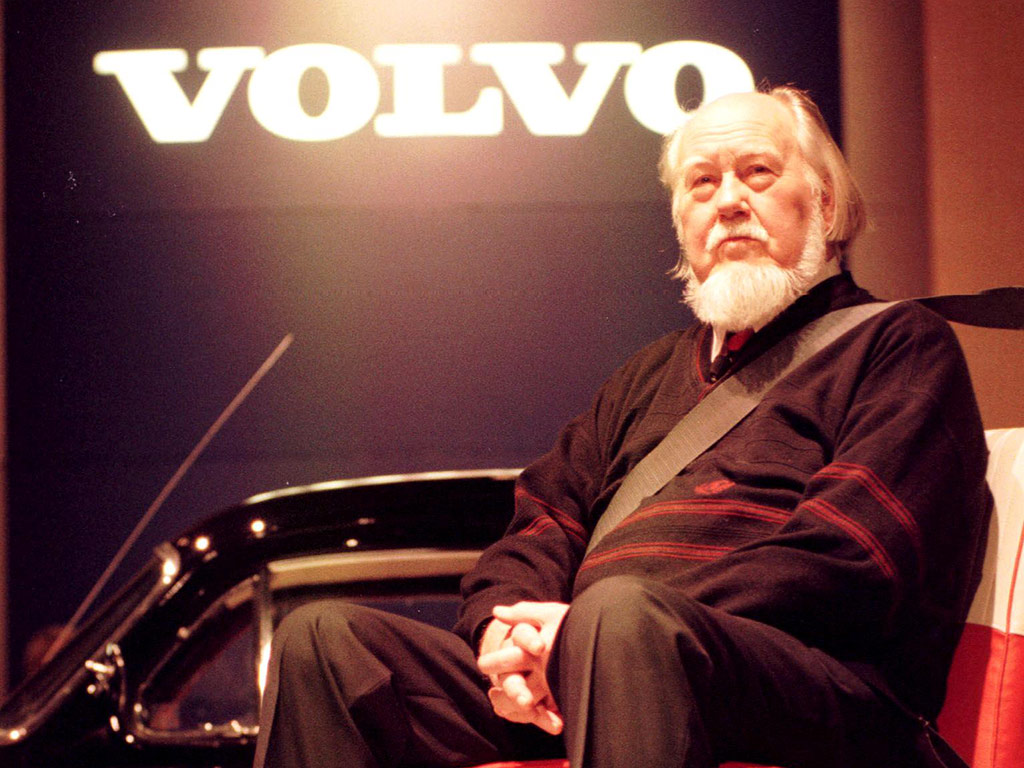In 1959, an unassuming innovation quietly reshaped the world of automotive safety forever. A Volvo engineer named Nils Bohlin developed something so effective and so simple that it became one of the most impactful life-saving devices in human history: the three-point seatbelt.
But what makes this story even more extraordinary is not just the invention itself it’s what Volvo did next. Instead of keeping the patent exclusive for profit, the company gave the design away to the world. That selfless decision has saved over a million lives and continues to protect thousands more every single year.

The Man Behind the Safety Revolution
Nils Bohlin wasn’t new to safety systems when he joined Volvo in the late 1950s. As a former aviation engineer, he had designed ejector seats for fighter planes, where split-second protection made the difference between life and death. That background gave him a unique understanding of how the human body reacts in high-speed accidents.

At the time, most cars had either no seatbelt at all or a two-point lap belt, which often did more harm than good. Bohlin saw the need for a safer, user-friendly restraint system something that would hold both the upper and lower body in place during a collision without causing injury itself.
What he created was elegantly simple: a V-shaped belt with one strap across the chest and another across the lap, anchored at three points. It was secure, quick to buckle, and comfortable enough to encourage regular use.
Video:
HISTORY OF THE SEATBELT
Volvo’s Radical Decision to Share the Patent
In 1959, Volvo introduced Bohlin’s three-point seatbelt in its production models, starting with the Volvo PV544. The company had every right to keep the patent to itself. After all, it was a groundbreaking invention that could have set Volvo far ahead of its competitors in terms of safety reputation.
But Volvo made a different choice one that was practically unheard of in the corporate world. The company decided not to enforce its patent rights and instead opened up the design for use by all automakers, free of charge.
The reasoning was clear and powerful: this was a safety innovation that had the potential to save countless lives, and keeping it locked behind a patent would be morally wrong. It was a move rooted in humanity over profit, and it changed the course of automotive safety forever.

The Numbers Tell the Story
Since the introduction of the three-point seatbelt, researchers estimate that it has saved more than one million lives globally. In fact, the World Health Organization and the National Highway Traffic Safety Administration consistently rank seatbelts as the single most effective tool in preventing serious injuries and deaths in car accidents.
The design has remained largely unchanged since Bohlin’s original blueprint. Its reliability and effectiveness have stood the test of time, proving that sometimes the simplest solutions are the most powerful.
Video:
Seatbelt | How does it work?
The Lasting Impact on Road Safety
The three-point seatbelt didn’t just save lives it revolutionized how car manufacturers approached vehicle design. Safety became a priority instead of an afterthought. Bohlin’s invention laid the foundation for later advancements like airbags, crumple zones, and advanced crash sensors.
Today, the three-point seatbelt is required by law in most countries, and its importance is taught in every basic driving course. Yet many people buckle up without ever realizing the legacy behind that familiar click.

A Legacy of Engineering for Good
Nils Bohlin passed away in 2002, but his legacy lives on every time someone fastens their seatbelt. His name may not be as well-known as Edison or Tesla, but his contribution is just as significant. Few inventions have had such a direct and measurable impact on human survival.
Volvo’s choice to share that life-saving technology stands as one of the greatest examples of corporate responsibility in modern history. It reminds us that business decisions don’t always have to be driven by profit—sometimes, they can be guided by purpose.

Conclusion: A Small Invention with a Giant Legacy
The story of the three-point seatbelt is more than a tale of engineering genius. It’s a story about the best of what people and companies can do when they prioritize human lives over commercial gain.
More than six decades later, this simple strap of fabric continues to protect millions of drivers and passengers every day. And it all started with one man’s vision and one company’s remarkable decision to share it with the world.


